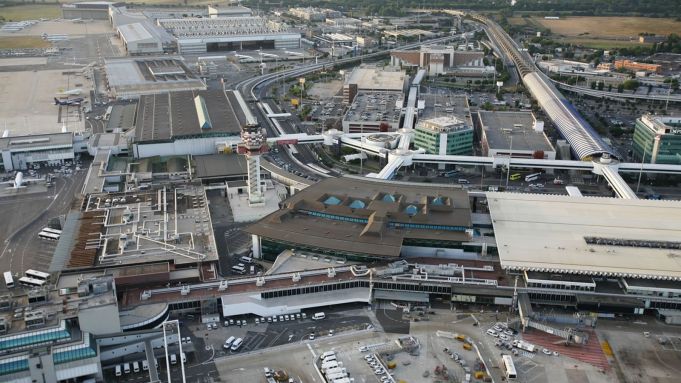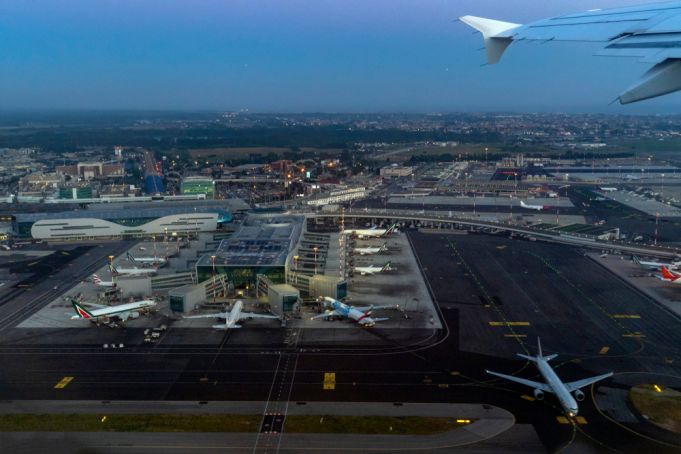The Evolution of Rome’s Iconic Airport: From the 1960 Olympics to Modern Success
Rome’s Leonardo Da Vinci International Airport, popularly known as Fiumicino, took flight on 20 August 1960, just five days before the city hosted the Olympic Games.
Considered a beacon of hope during Italy’s post-war economic resurgence, the airport was officially inaugurated on 15 January 1961.

Designed to meet the growing demand for air travel to Rome, Fiumicino was a collaboration of visionary architects including Riccardo Morandi, Andrea Zavitteri, Amedeo Luccichenti, and Vincenzo Monaco.
Construction began in August 1958 and unearthed ancient Roman ships during the 21-month process.
However, it wasn’t until 1961 that Fiumicino welcomed its first major flight – the TWA Lockheed Constellation from New York.
Over the years, the airport expanded, adding runways and infrastructure to accommodate larger aircraft like the Boeing 747.
While Fiumicino faced challenges due to unfortunate events like terrorist attacks and fires, it persevered and emerged stronger than ever.

Despite the setbacks of 2020 caused by the pandemic, Fiumicino enforced strict safety measures to protect passengers.
With a focus on modernization and technological advancements, the airport became a pioneer in Italy by introducing e-gates.
Following a substantial investment, Fiumicino unveiled a state-of-the-art boarding area in 2022, solidifying its commitment to passenger comfort and convenience.
The airport’s dedication to sustainability and exceptional service earned it accolades, including recognition from the UNWTO and being named the Best European Airport multiple times by ACI.
Cover image credit: Francesco Lorenzetti / Shutterstock.com.



